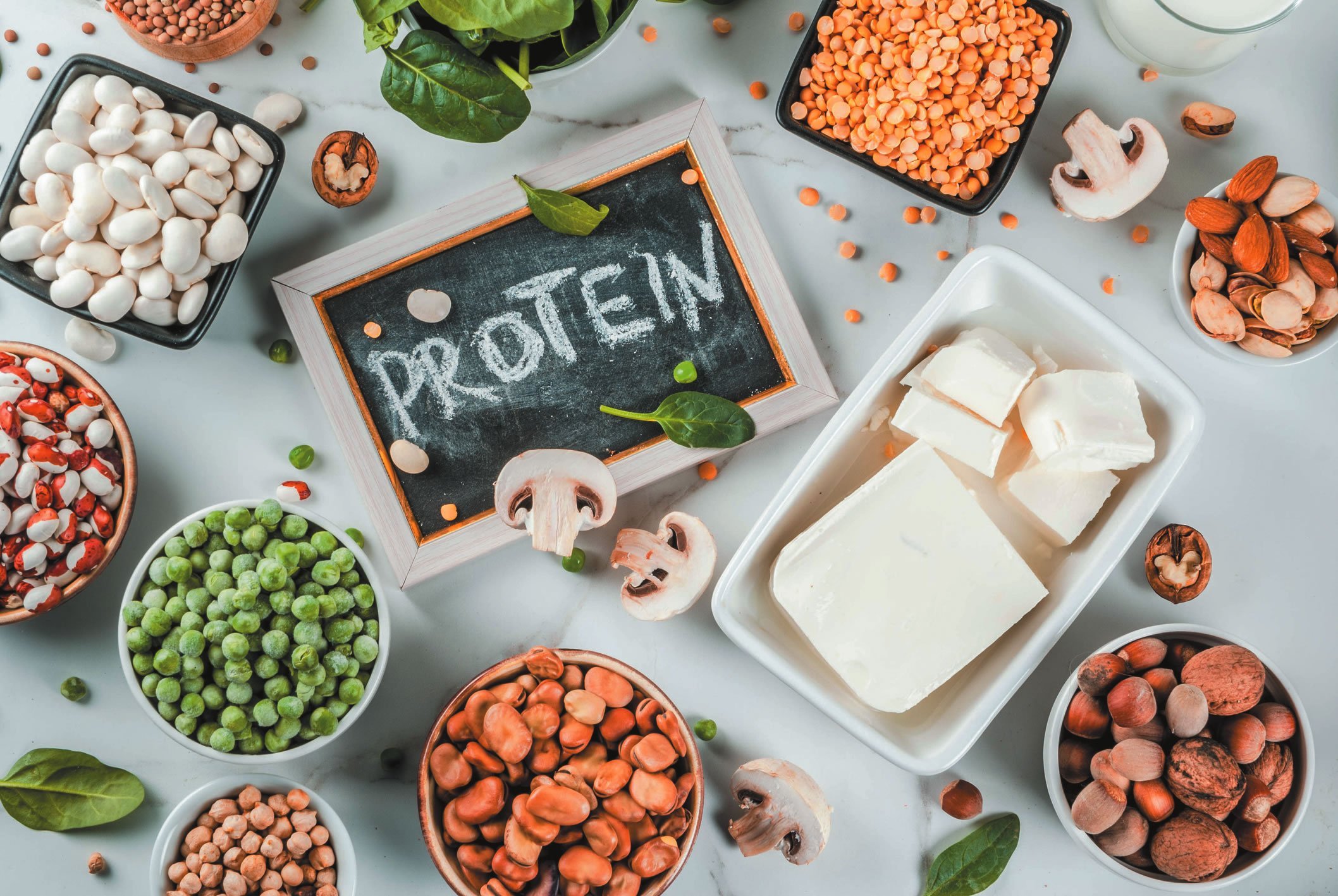What makes a perfect protein?
By Paul Ladewig RDN, MPS
Everyone of all ages is striving for better health and a better lifestyle. Because of a more heightened awareness of the environment and a willingness to change, more and more people are looking into plant-based eating. While plant-based or plant forward eating can be very healthy, there are a few things to be aware of to ensure you are meeting your needs. One of the drawbacks that is often talked about with eating vegan or vegetarian is the difficulty in getting enough complete protein in your diet. Do we really know what that means?
There are nine amino acids that the body can’t make on its own. These are called essential amino acids. These amino acids are leucine, isoleucine, histidine, lysine, phenylalanine, valine, Tryptophan, Methionine, and threonine. For something to be considered a complete protein all of these must be included. Often, we are told that an incomplete protein has only some of the needed amino acids. While this may apply to some sources, it is more often that an ingredient has some of each amino acid but not enough of a percentage to count. Animal-based proteins have all the needed amino acids in the proper percentages.
But what about plant-based sources? Some common plant protein sources that have incomplete protein include many legumes like chickpeas and lentils. Though tofu, quinoa, buckwheat, tempeh, miso, and edamame are complete protein sources.
So, what do we do? If I just eat a vegan diet, should I only eat complete proteins? What if I don’t like tofu, tempeh or miso which are all forms of soybeans? The good news is that for centuries many cultures have been pairing two things together to make a complete protein. These two things are beans and rice or legumes and a whole grain with the germ still attached. At Nutrition Therapy Essentials we encourage everyone to be the omnivore they were born to be even when choosing to be vegan or vegetarian. An omnivore eats everything which denotes a wide selection of food, in varying combinations and even with different cooking methods.
Are you avoiding foods because they are fried? Does it need to be fried? Falafel, a combination of chickpeas and bulgar wheat that is formed to a disk and fried, is a complete protein and delicious. However, it is known to be deep- fried. It can also be pan fried and then finished in the oven, which results in an equally delicious experience.
Trying multiple combinations and pursuing cuisines where plant-based eating has been a staple for centuries will help us meet our needs without really trying. Ultimately a perfect protein is any combination that gives us what we need and that tastes good enough for us to eat it.

